 WhatsApp
WhatsApp
 Call Us
Call Us
 Email Us
Email Us
 Whatsapp Community
Whatsapp Community
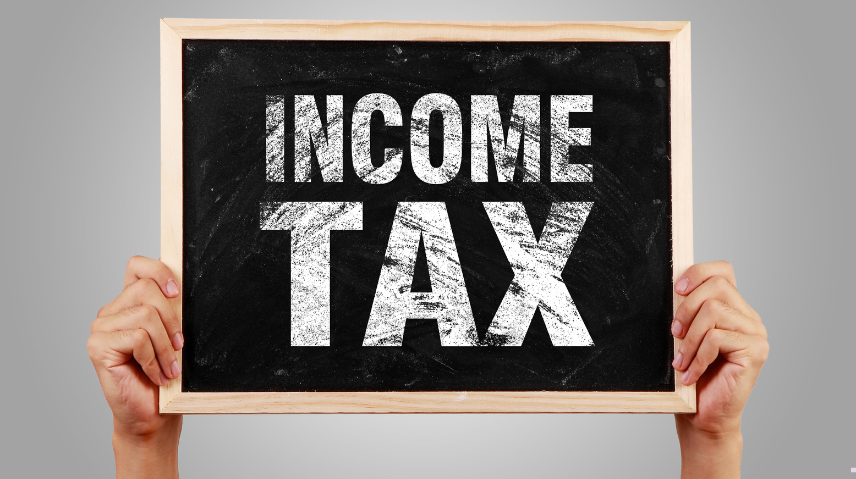
Understanding Indian taxation can be challenging, especially for NRIs trying to decide between the old and new tax regimes. Section 115BAC of the Income Tax Act, introduced by the Finance Act 2020, reshaped tax filing by offering simplified tax rates. With the Budget 2023 making it the default regime, it is now more important than ever for NRIs and resident taxpayers to understand its impact.
This comprehensive guide breaks down Section 115BAC, eligibility for NRIs, tax benefits, exemptions, and how it compares to the old regime.
Section 115BAC, introduced in FY 2020-21 through the Finance Act 2020, provides an alternative personal income tax regime. It offers reduced tax rates with minimal deductions, effective from April 1, 2020. Budget 2023 further strengthened it by making it the default regime from Assessment Year 2024-25.
Taxpayers can opt for the new regime or choose the old one if they meet certain conditions. For NRIs, choosing between these regimes can significantly impact their tax savings in India.
Non-Resident Indians (NRIs) are eligible for the new concessional tax regime under Section 115BAC. As per the Finance Act 2024, the new tax regime is now the default option for all individuals, including NRIs, unless they opt out.
Your choice of tax regime should depend on your Indian income sources and applicable deductions.
When filing Indian taxes, NRIs must choose between the old and new tax regimes. Each has its own advantages.
| Feature | Old Tax Regime | New Tax Regime (Section 115BAC) |
| Basic Exemption Limit | ₹2.5 lakh | ₹3 lakh (from FY 2023–24 onward) |
| Deductions (80C, 80D, etc.) | Available | Not available |
| Slab Rates | Higher, fewer slabs | Lower, more slabs (5% to 30%) |
| Standard Deduction (NRI) | Not available | Not available |
| Best For | NRIs with deductions/investments | NRIs with fewer deductions, want simplicity |
Example:
If an NRI earns ₹55 lakh annually, their tax under:
The main trade-off in Section 115BAC is fewer deductions in exchange for lower tax rates. NRIs should be clear about what can and cannot be claimed under this regime.
Deductions NOT allowed under 115BAC:
Deductions STILL allowed under 115BAC:
Note: NRIs have limited access to traditional Indian tax-saving instruments like PPF or NSC. Hence, the choice of tax regime should consider actual income and available deductions.
Section 115BAC streamlines tax compliance for NRIs earning in India. Lower rates, fewer deductions, and reduced paperwork make it attractive. However, if you have high deductible investments or home loan benefits, the old regime may offer better savings.
Key takeaway: Evaluate both regimes based on your personal income sources and allowable deductions. High-income NRIs should also consider the reduced surcharge under the new regime (25% vs 37%).
Consult a qualified tax expert in NRI taxation to compare both options and select the regime that best minimizes your tax liability in India.
Q1. What’s the difference between Section 115BAC and the old tax regime?
The new tax regime offers lower slab rates but removes 70+ deductions allowed in the old regime. It simplifies filing but limits tax-saving options.
Q2. Can NRIs use Section 115BAC tax rates?
Yes, NRIs are fully eligible for Section 115BAC. It is the default regime, and they may opt out if preferred.
Q3. Can NRIs switch tax regimes?
NRIs with non-business income can switch every year. For business income, you can opt out of the new regime only once.
Q4. What deductions are still allowed under 115BAC for NRIs?
You can claim ₹75,000 standard deduction (if applicable), home loan interest on let-out property, employer NPS contributions, and ₹25,000 for family pension.
Q5. How does surcharge differ in both regimes?
The surcharge for income above ₹5 crore is 37% in the old regime but capped at 25% under the new regime—this results in tax savings for high-income NRIs.
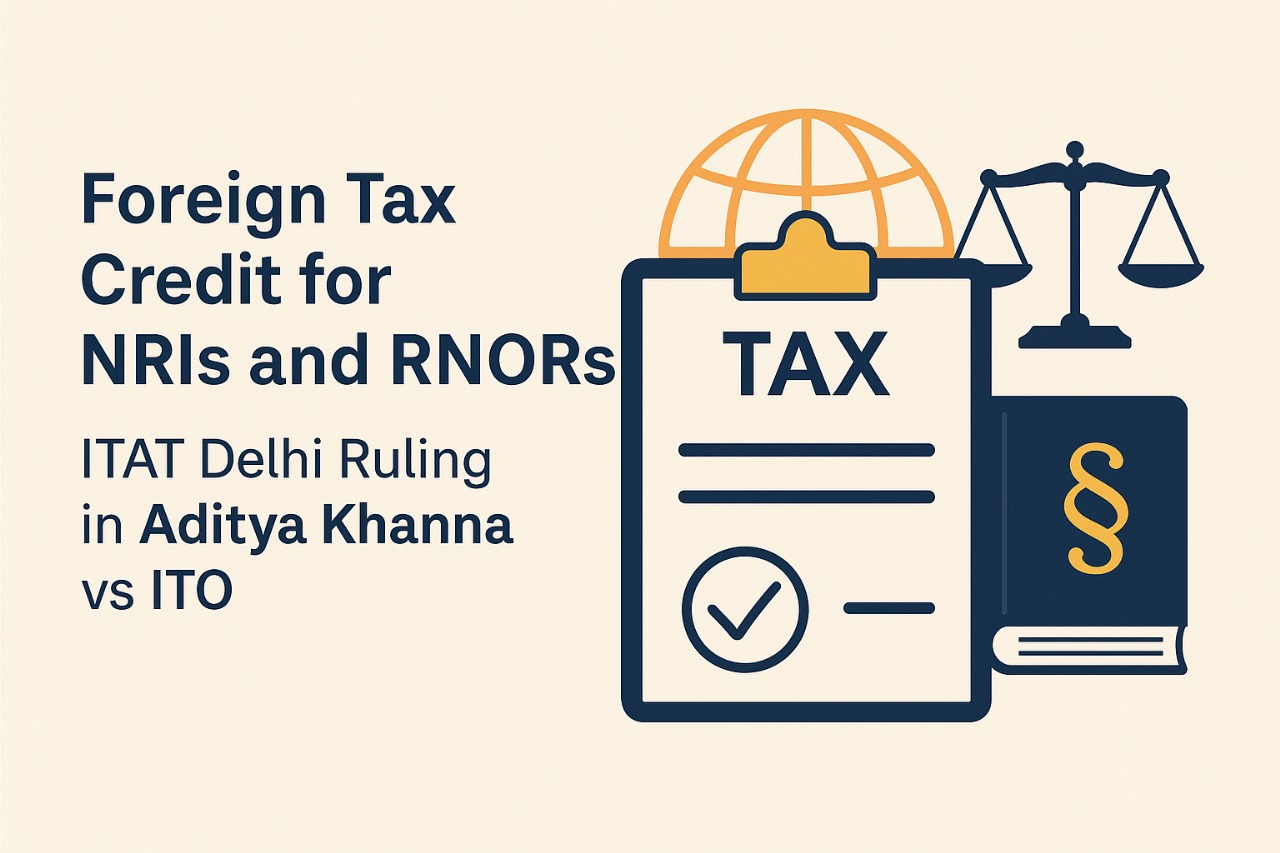
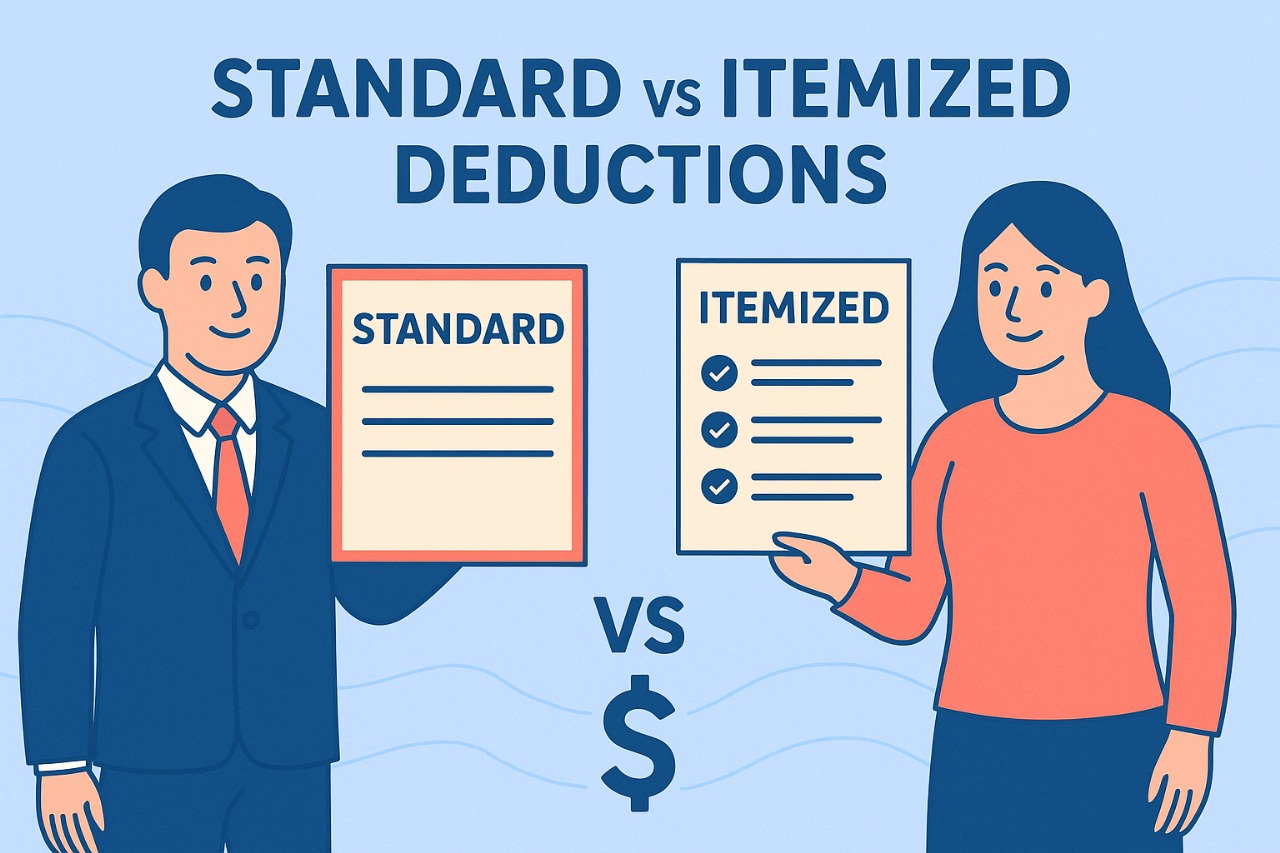

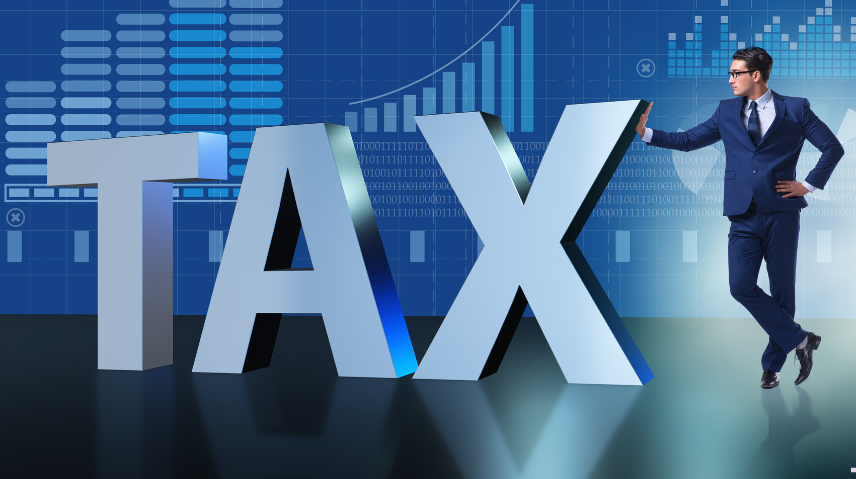
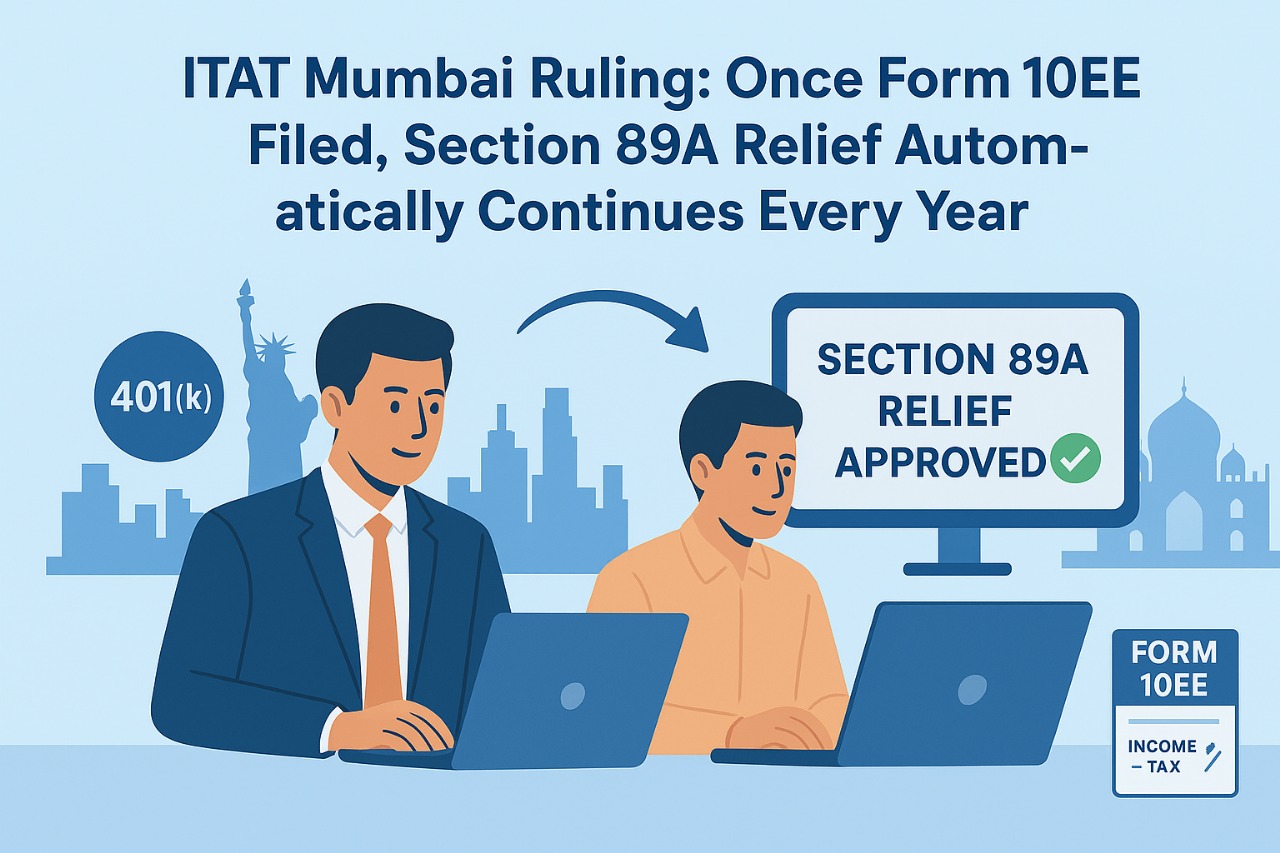
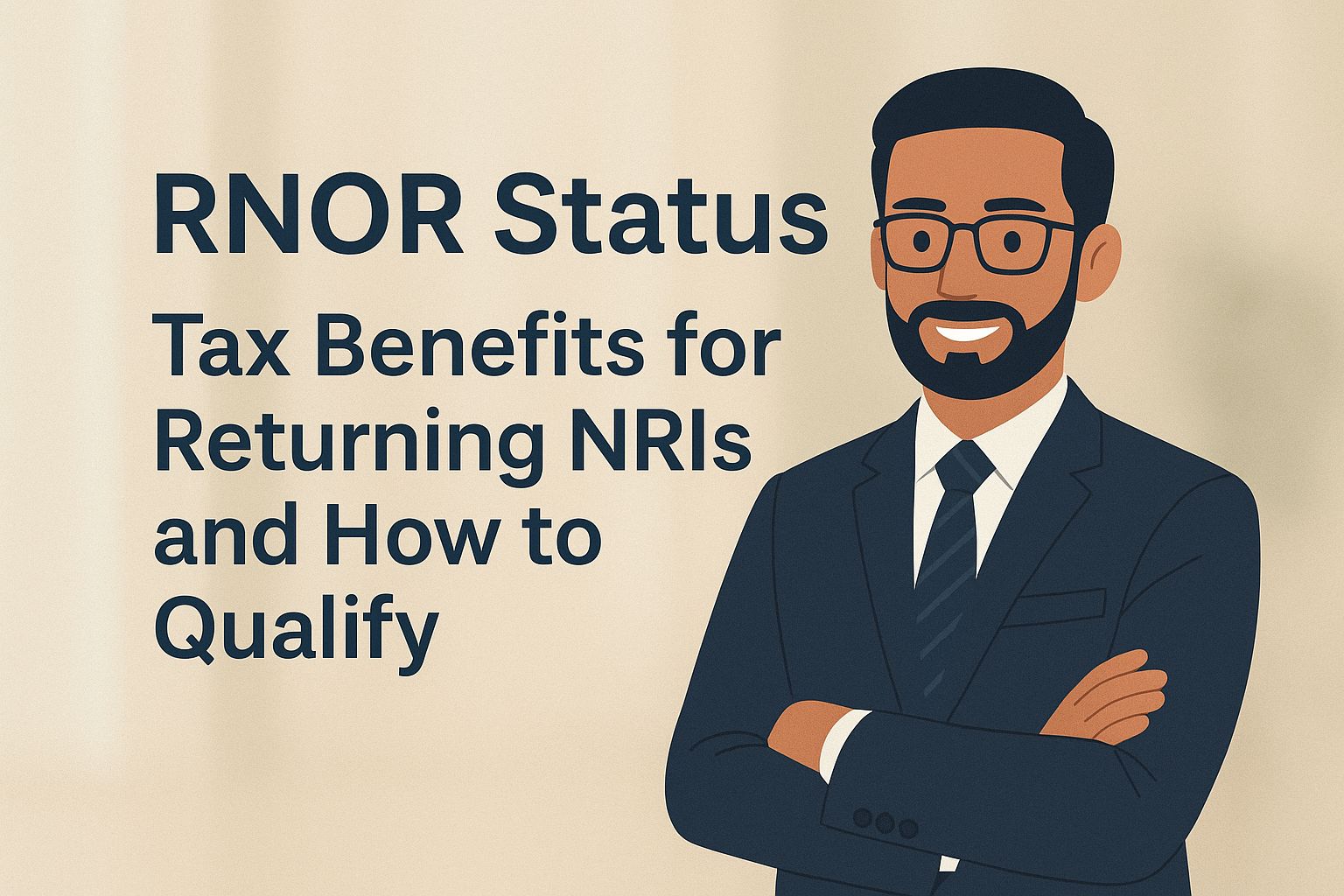
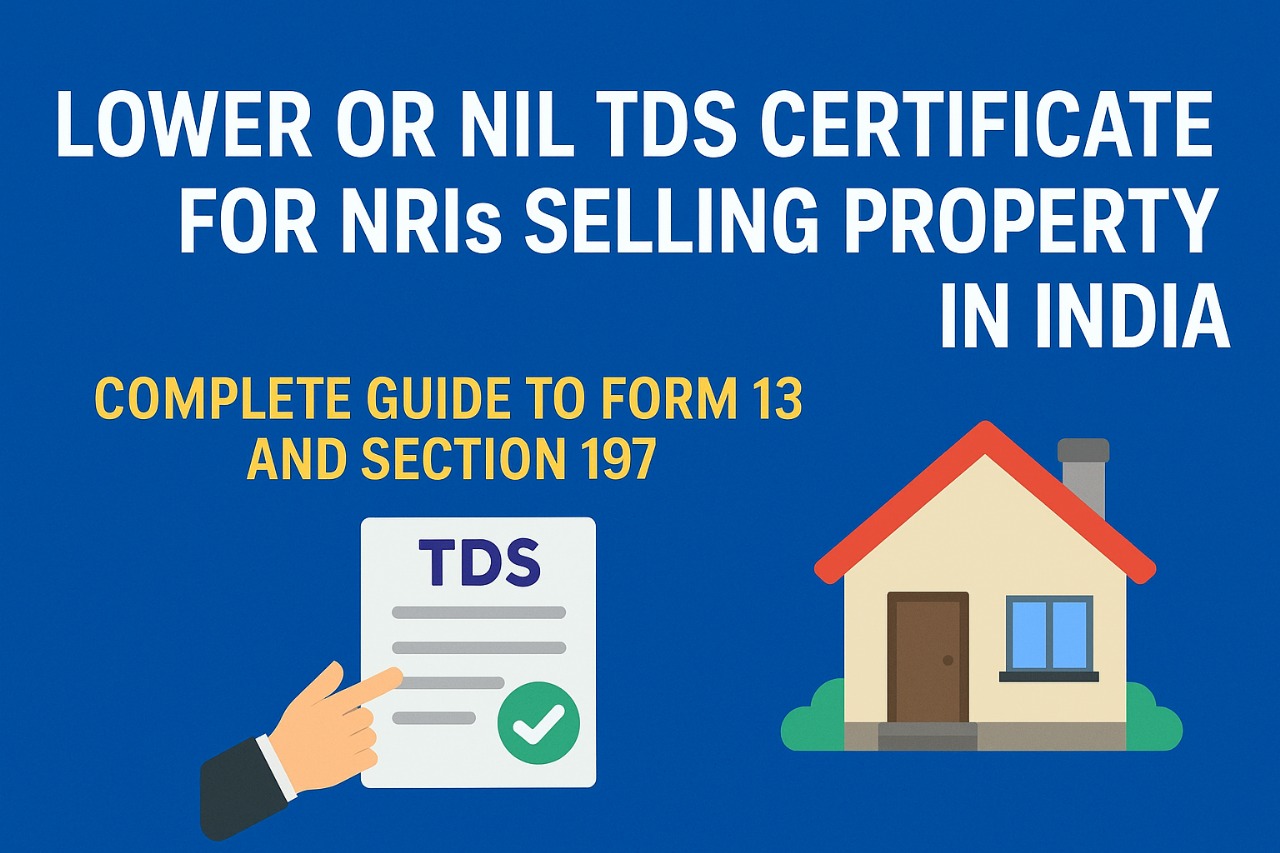
Stay in the loop, subscribe to our newsletter and unlock a world of exclusive updates, insights, and offers delivered straight to your inbox.